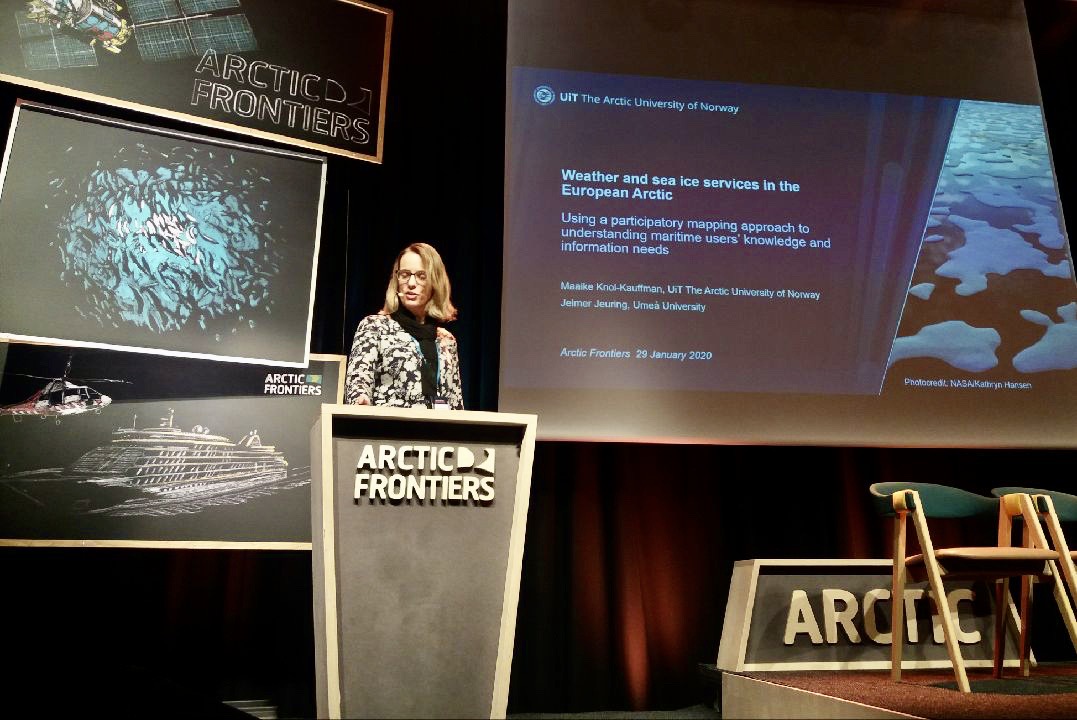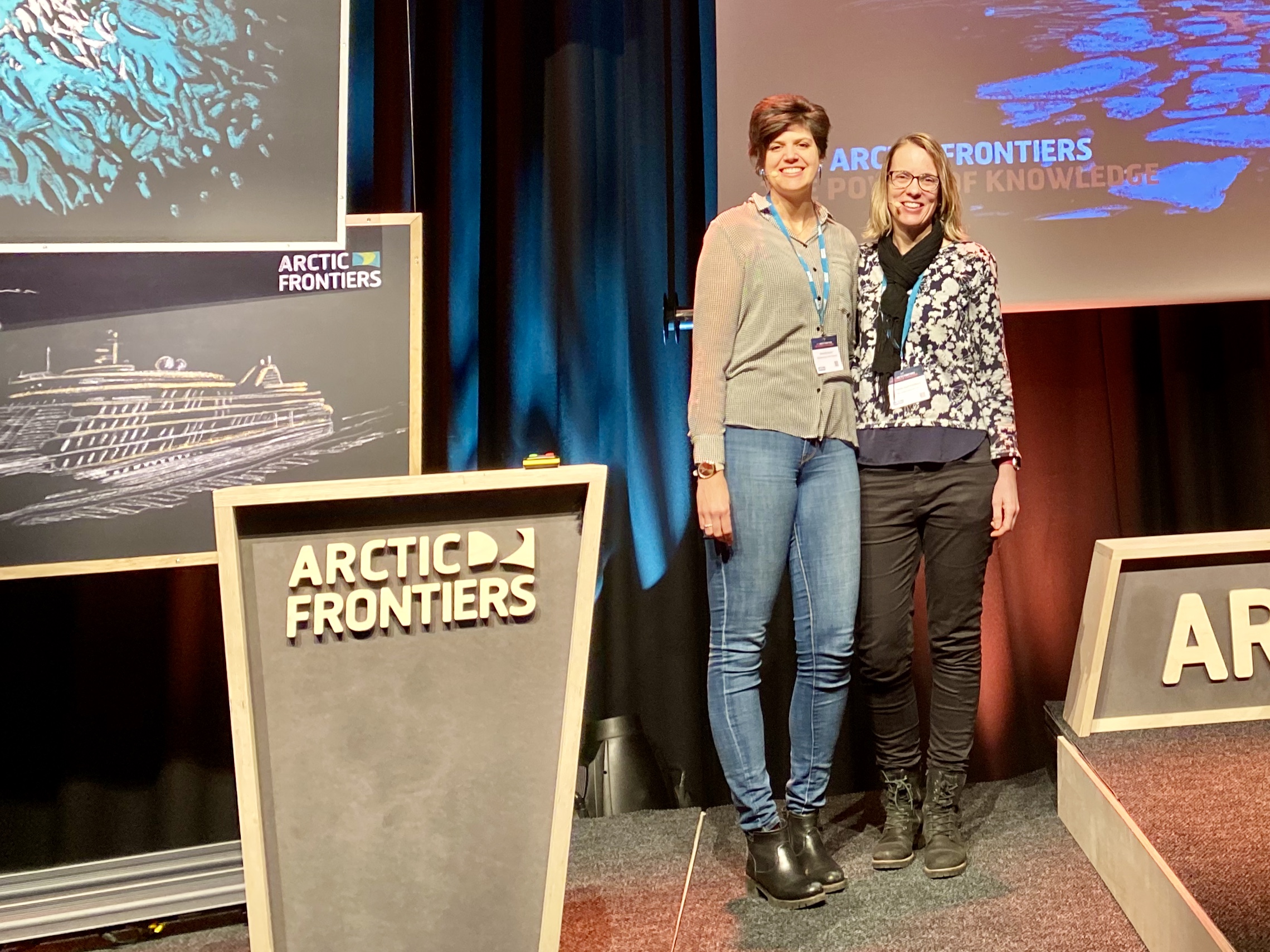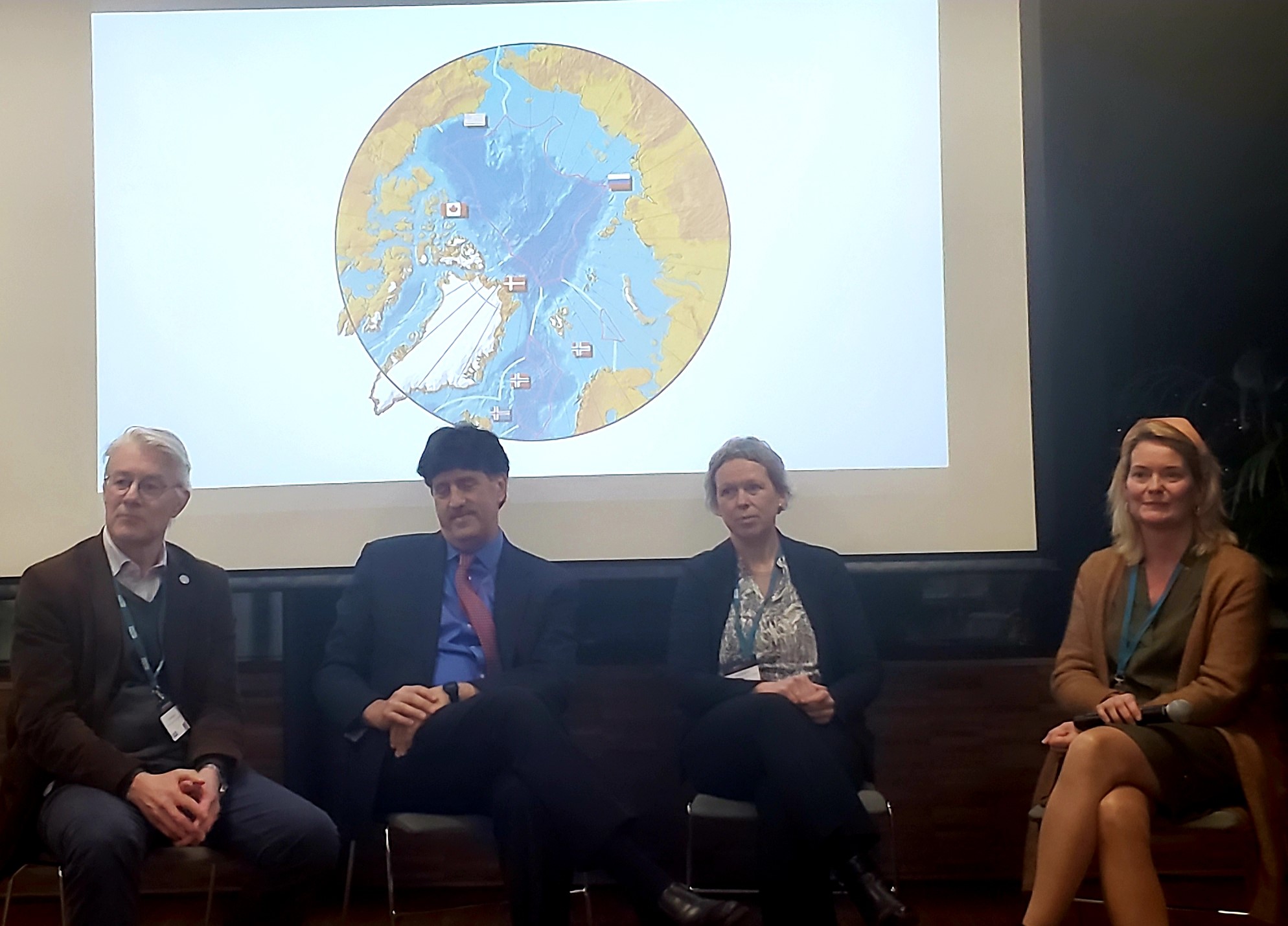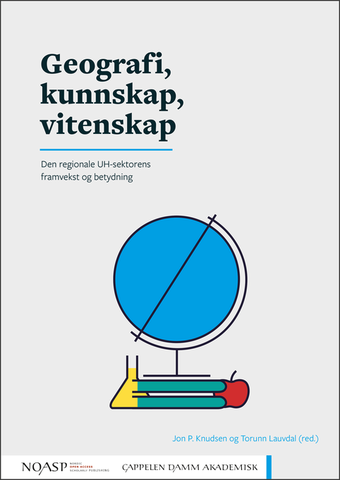New industrial activities in the sea, such as offshore wind and offshore farming, increase the potential for conflicts. How does the current management of marine conflicts draw on experiences from oil and gas disputes? Are all marine conflicts necessarily negative? What opportunities does integrated management offer for addressing conflicting interests?
News archive
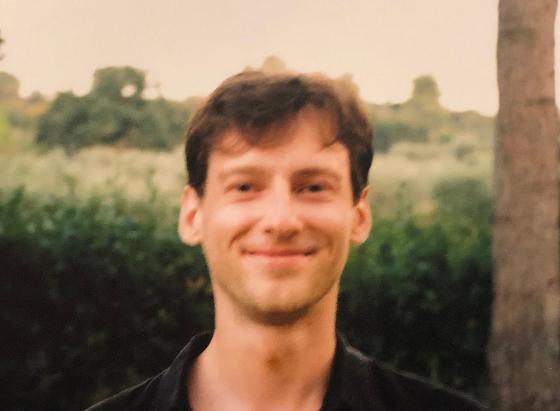
14.05.2024:
Is harmony and coexistence possible in the blue economy?
The vision of a new blue economy is characterized by a promise of harmonious coexistence made possible by innovative solutions. But a new blue economy will require more than technological innovation and good planning (in norwegian).
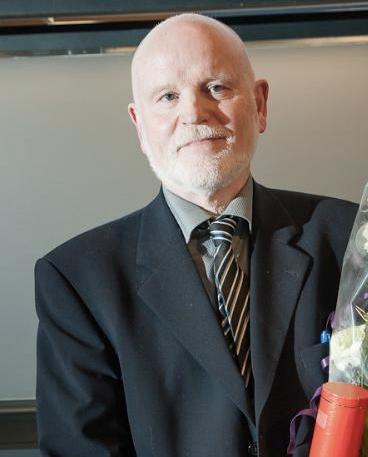
13.04.2024:
Er det makta som rår i fiskeripolitikken?
Selvfølgelig er det makta som bestemmer. Slik bør det også i prinsippet være. Spørsmålet er hvem de er som har makta, hvordan de skaffet seg den, om det er de som bør ha den, og hvordan den brukes. Dette har til alle tider vært viktige spørsmål i samfunnet, også i norsk fiskerinæring.

16.03.2024:
Fisheries management contributes to conservation of biodiversity
The Convention on Biological Diversity aims to conserve biodiversity, ensure sustainable use of its components, and see to it that the benefits of genetic resources are shared fairly. Achieving this will require awareness, not least among those who base their livelihoods on biological resources.
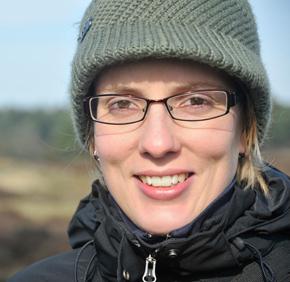
13.02.2024:
Sustainable development of the Arctic Ocean
The Arctic Ocean is becoming more accessible as the sea ice retreats. Expectations of increased human activity in the central ocean basins create the need for an updated approach to governance based on an improved understanding of the ecosystem and its response to the changing environment.
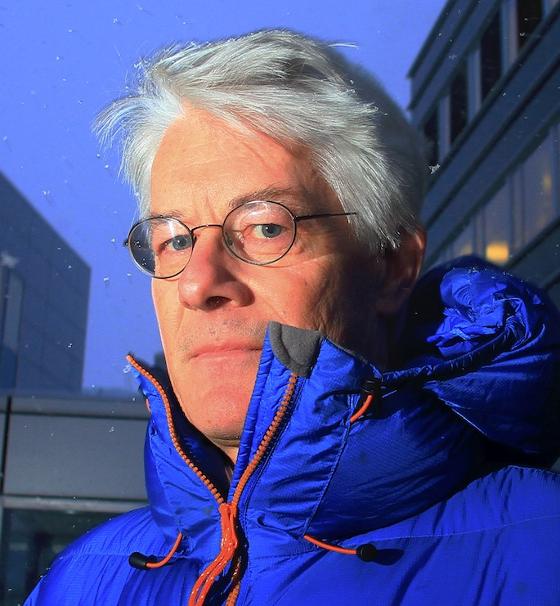
08.02.2024:
Ocean year 2024 - Busy times in the Norwegian parliament
It is shaping up to be a busy sea year. On the one hand, various international ambitions are to be implemented at national level, on the other hand there is a further development of established policies. Not least, the parliament has a lot to order in 2024 (article in Norwegian)
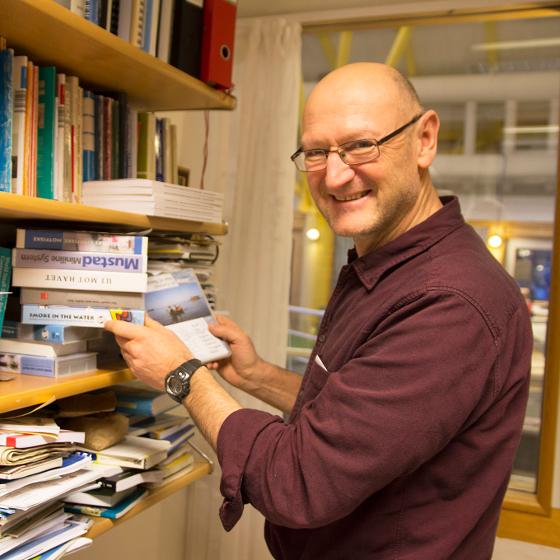
22.01.2024:
A steady course, co-steering, and a continued social contract
Fisheries and Oceans Minister, Cecilie Myrseth, sets out a firm fisheries policy course, based on group division and dynamic allocation keys (article in Norwegian).

09.11.2023:
New agreements are increasingly affecting fisheries management
In the course of a few decades, a large number of international agreements with norms for fisheries management have been reached. The Convention on the Law of the Sea sets out an overall framework, elaborated by the UN agreement on fishing on the high seas and a number of agreements under the auspices of the FAO. In the past year, further agreements have been reached that may have an impact on fisheries management (article in Norwegian).
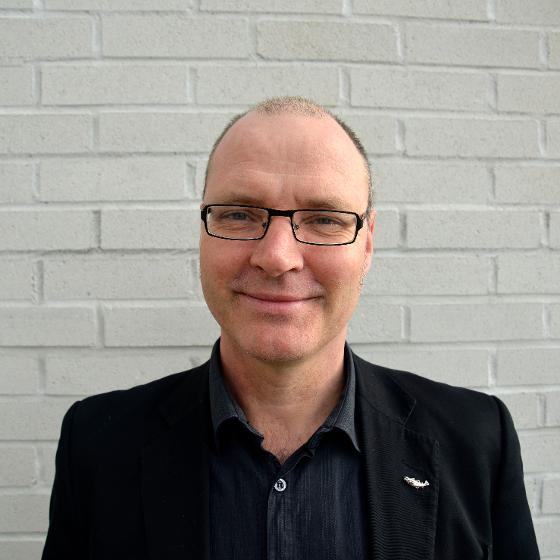
23.09.2023:
54 student interns working for sustainable seafood
Last Monday, a slightly different study day started for 54 of our bachelor's students in fisheries and aquaculture science. It was the first of three internship weeks where they will go out to companies and other bodies within the seafood sector (article in Norwegian).

04.09.2023:
Chronicle: China - fish and geopolitics
China is a major power, also in fisheries and aquaculture, and the world's largest producer and exporter of seafood. We cannot be indifferent to that, writes Alf Håkon Hoel (article in Norwegian).

17.05.2023:
- The coastal fishers have a key role in matters concerning ground rent tax in the fisheries
The proposal for resource interest taxation has led to a fight over the social contract in the aquaculture industry. Is the traditional fishing industry next up? (article in Norwegian)
28.04.2021:
New research: Fisheries Management in the Arctic
Lis Jørgensen, Gunnstein Bakke and Alf Håkon Hoel have published a paper in the journal Progress in Oceanography. The paper is titled “Responding to global warming: New fisheries management measures in the Arctic”.
13.01.2021:
The GATOR method
MARA has recently been involved in the project “The GATOR method”. The project has developed resources to support student learning in qualitative and quantitative methods (including GIS), and is a collaboration between the Department of Social Sciences and the Norwegian College of Fishery Science at UiT.
01.10.2020:
New research: Regulation of Offshore Waste
MARA has a new open access publication in the Journal of Environmental Planning and Management. The paper describes the changing relationship between government and industry in the regulation of offshore waste from oil and gas activities in Norway.
18.08.2020:
New Research: Sustainable Ocean Management (NO)
07.07.2020:
Master students 2019/2020
MARA supervises a number of master students every year. Here is a presentation of this year’s graduates.
02.07.2020:
Start of the PRISMAS project
The PRISMAS project, led by Maaike Knol-Kauffman, recently started up. Here, Maaike writes about the aim and scope of the project:
06.05.2020:
Project visit to Canada
Mara staff is involved in projects around the world. Professor Jahn Petter Johnsen has recently visited Memorial University of Newfoundland (MUN) where he and associate professor Signe Sønvisen are involved in a project about recruitment and retention in the fisheries sector.
03.03.2020:
Project visit from Indonesia
On the 27th-28th of January, MARA had visitors from Indonesia in relation to the project Sustainable Marine Aquaculture Development in Indonesia (SMADI).
26.11.2019:
New Book: Geography, Knowledge and Science
26th November 2019
MARAs Peter Arbo recently contributed to the Norwegian anthology "Geografi, kunnskap, vitenskap: Den regionale UH-sektorens framvekst og betydning" (2019), with the book chapter "Universitet og region - en sammensatt relasjon".
18.11.2019:
New research: Valuable Weather and Sea-Ice Services for the Marine Arctic Require New Forms of Cooperation
Researchers from the University of Umeå, UiT The Arctic University of Norway and the Norwegian Meteorological Institute have published and article in the journal Polar Geography.
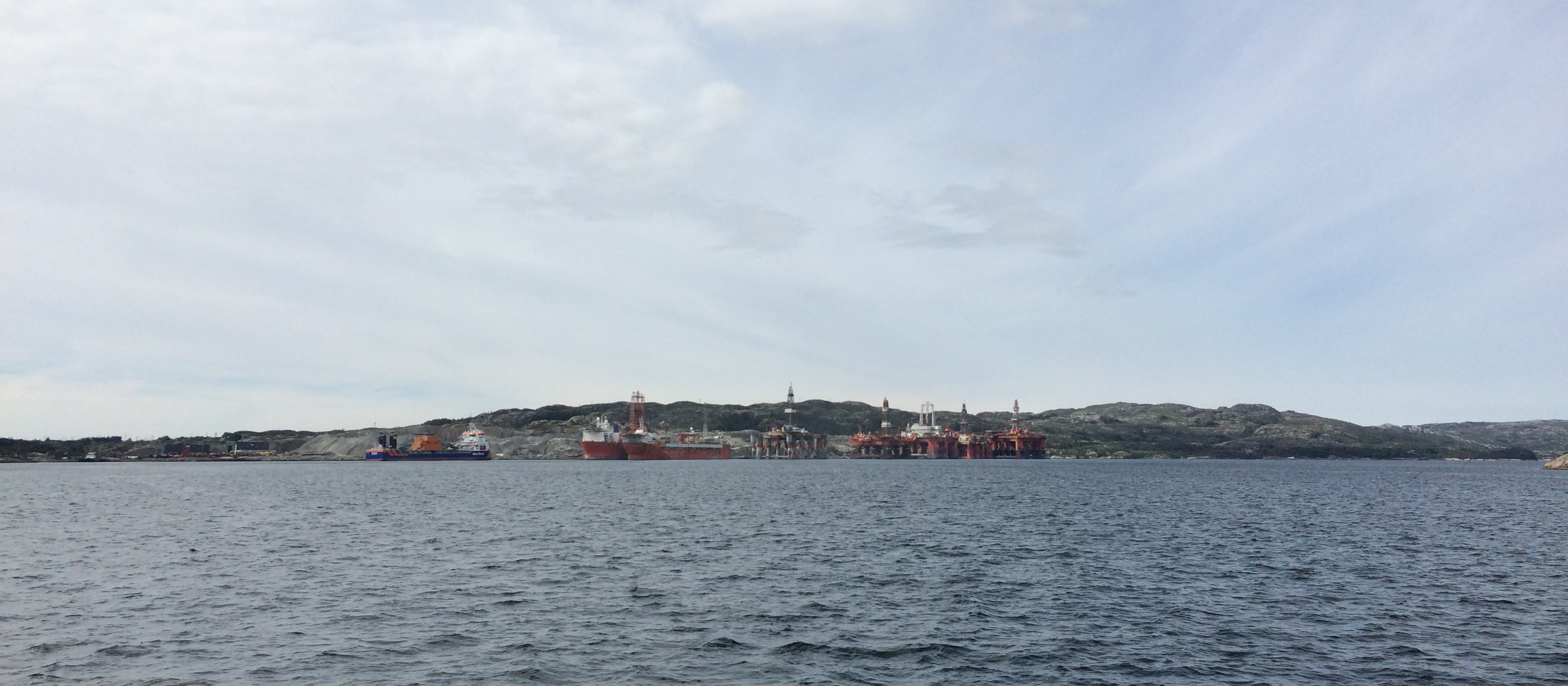
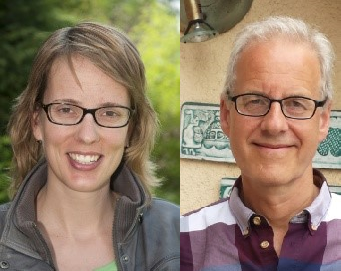
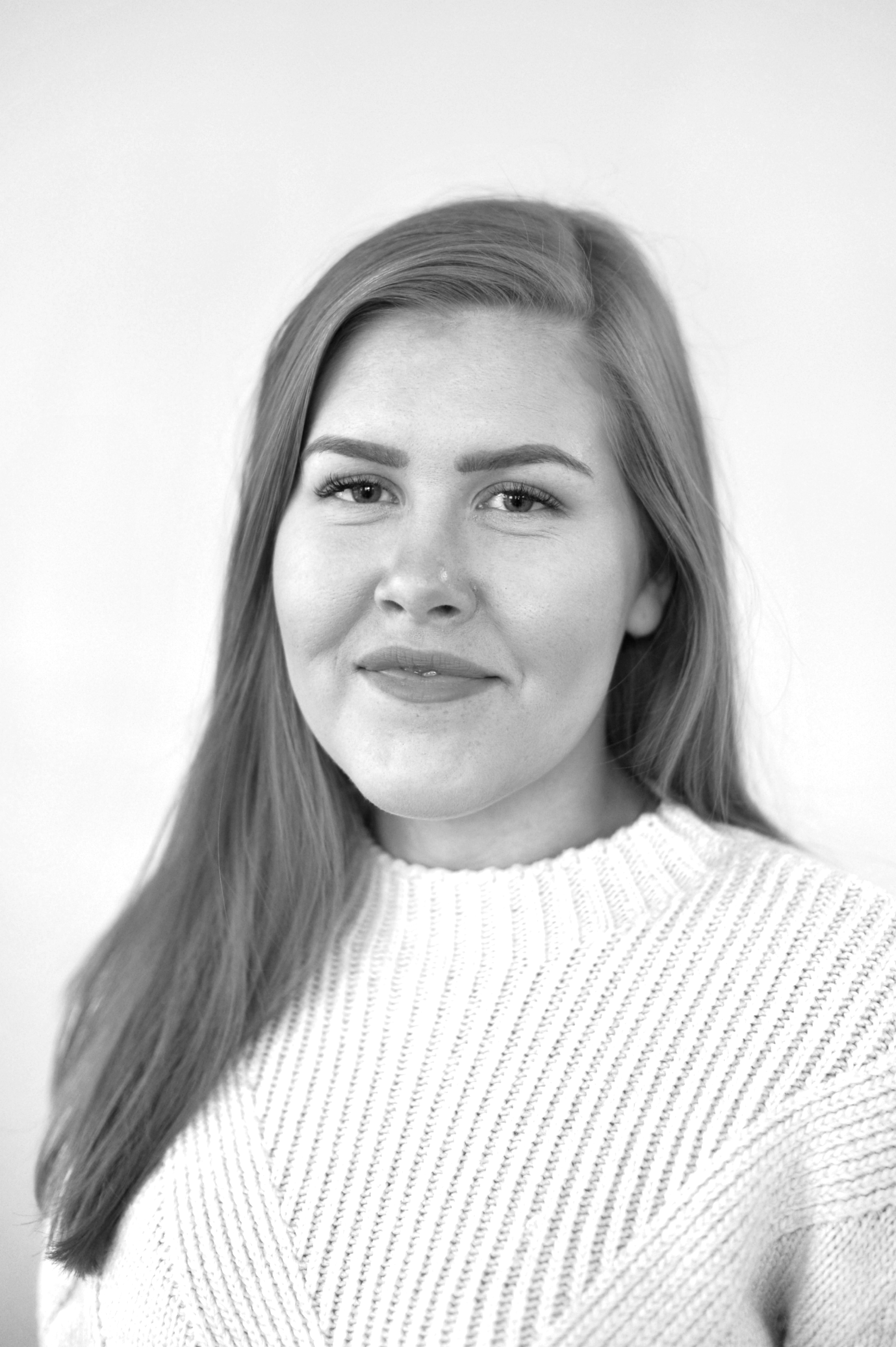
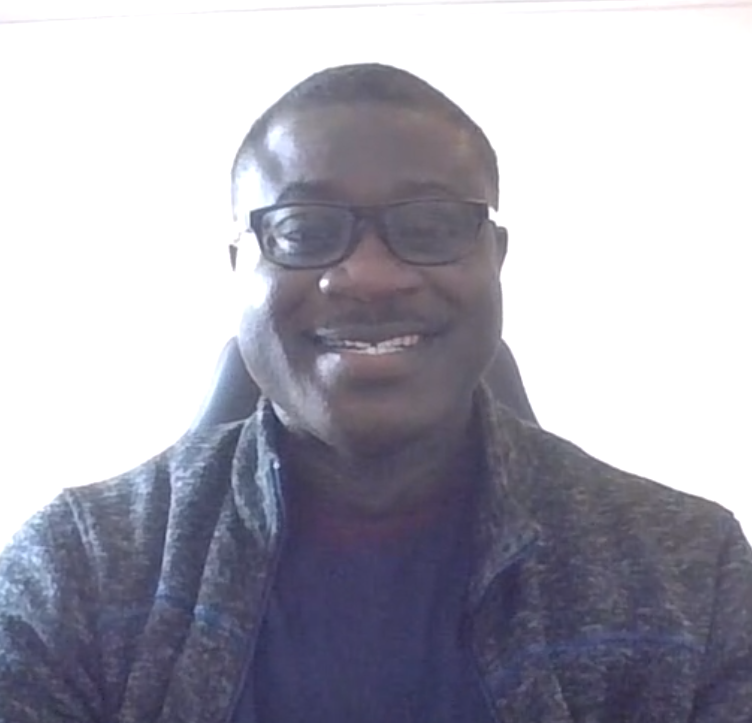
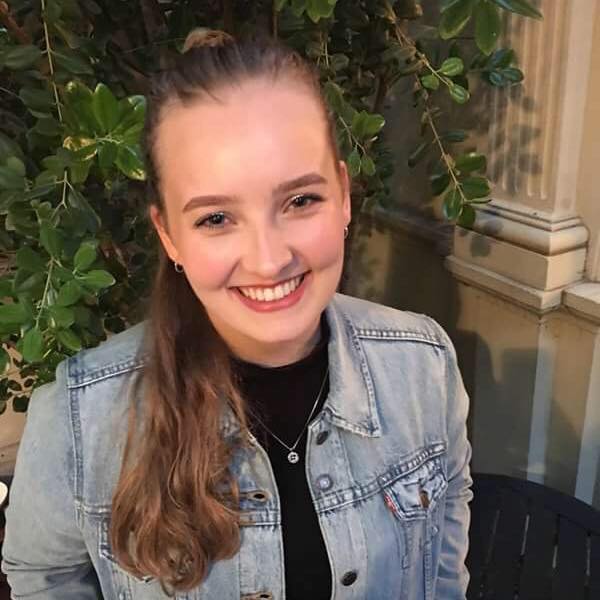
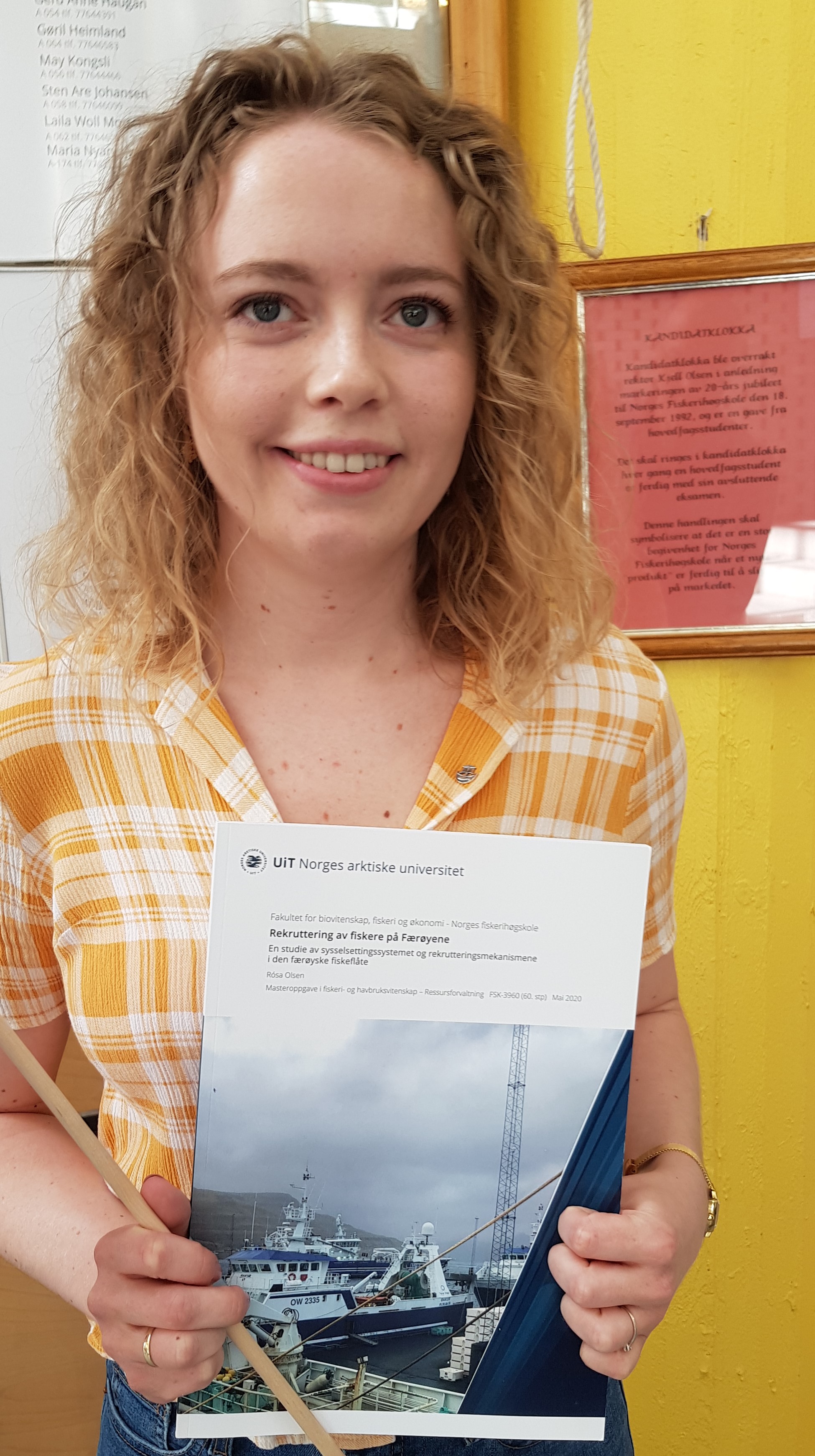
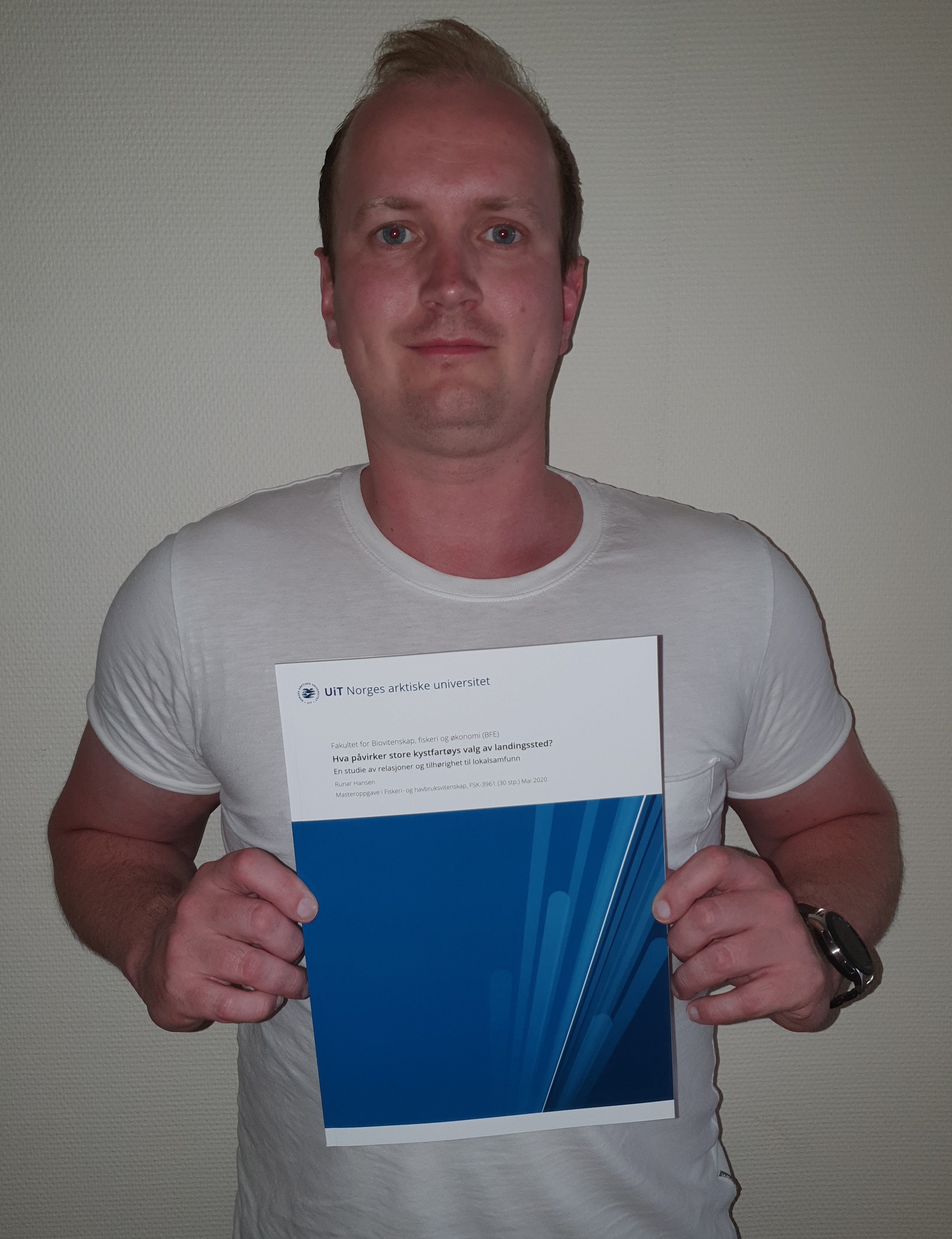
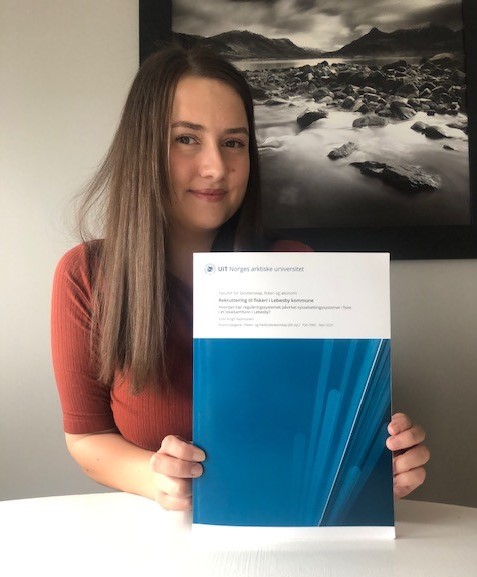
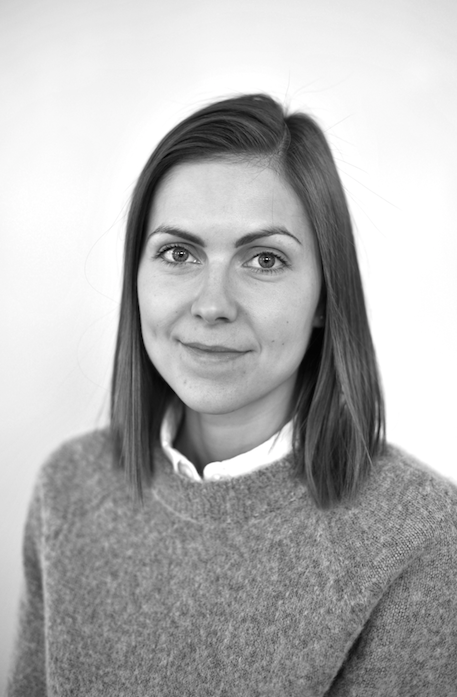
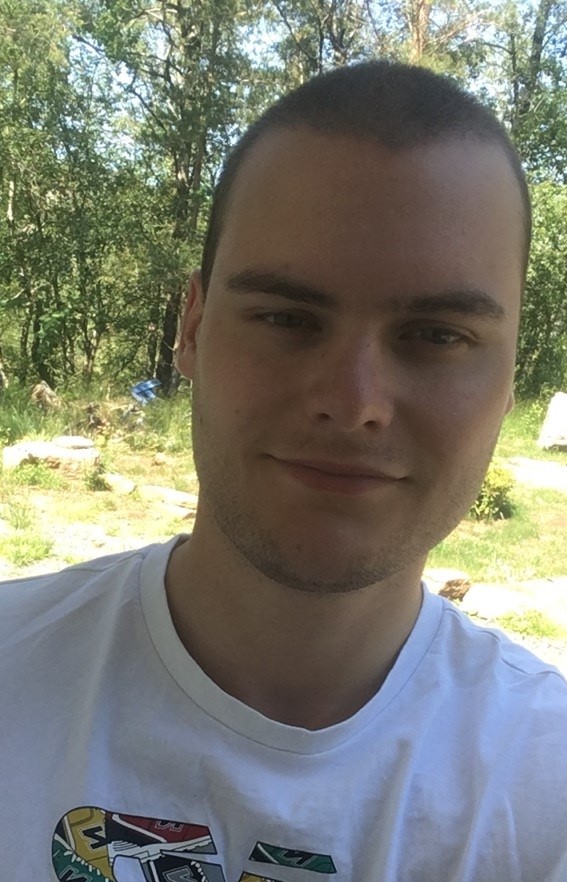
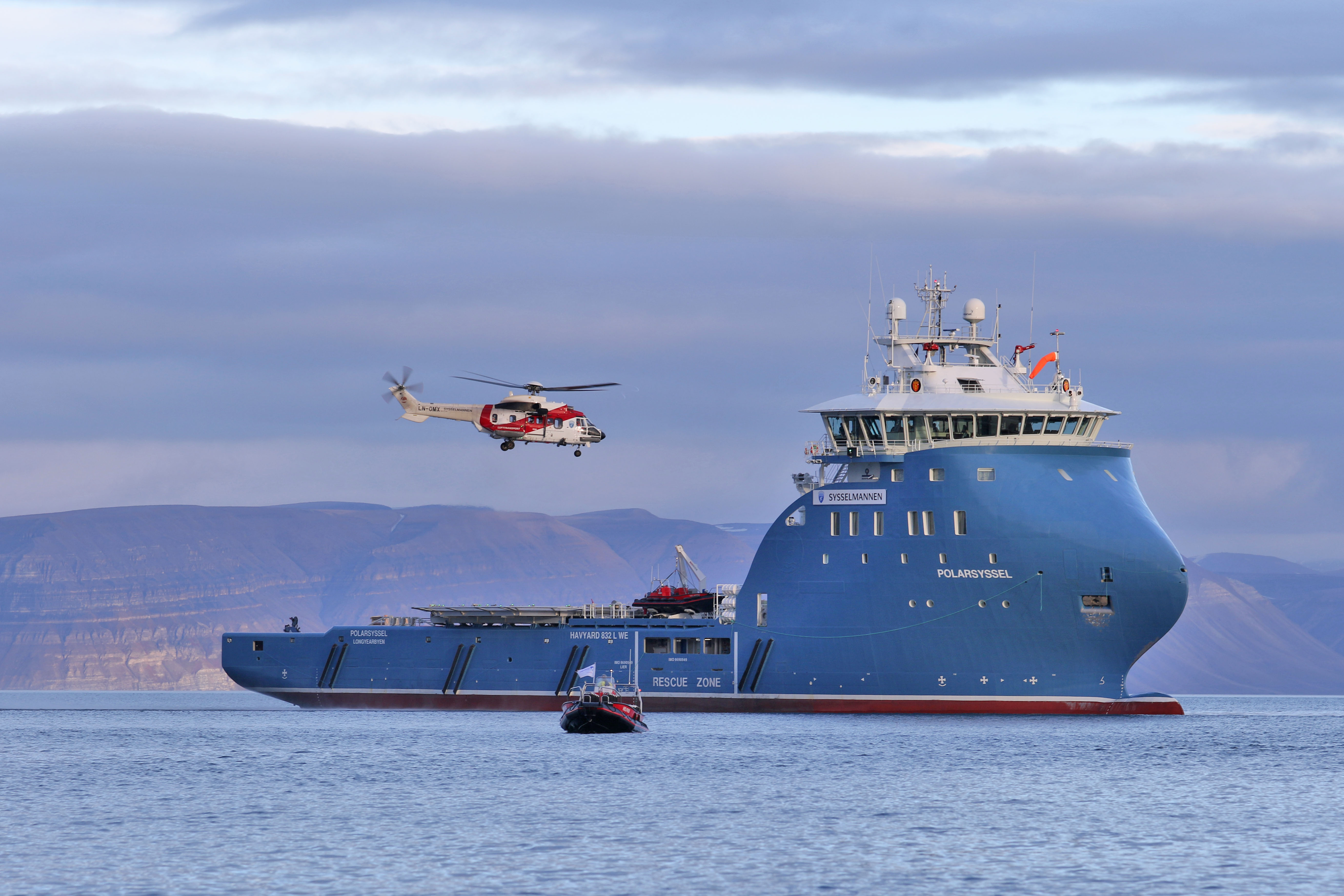

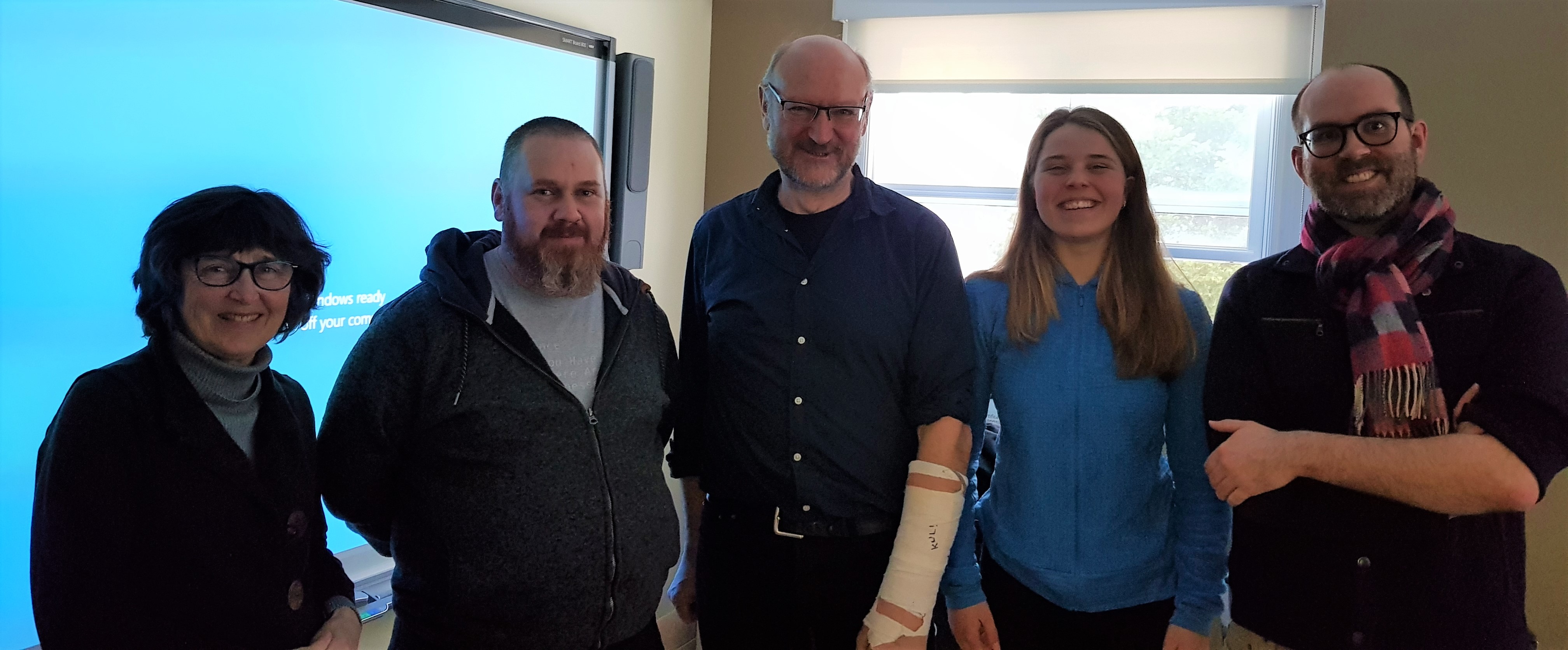
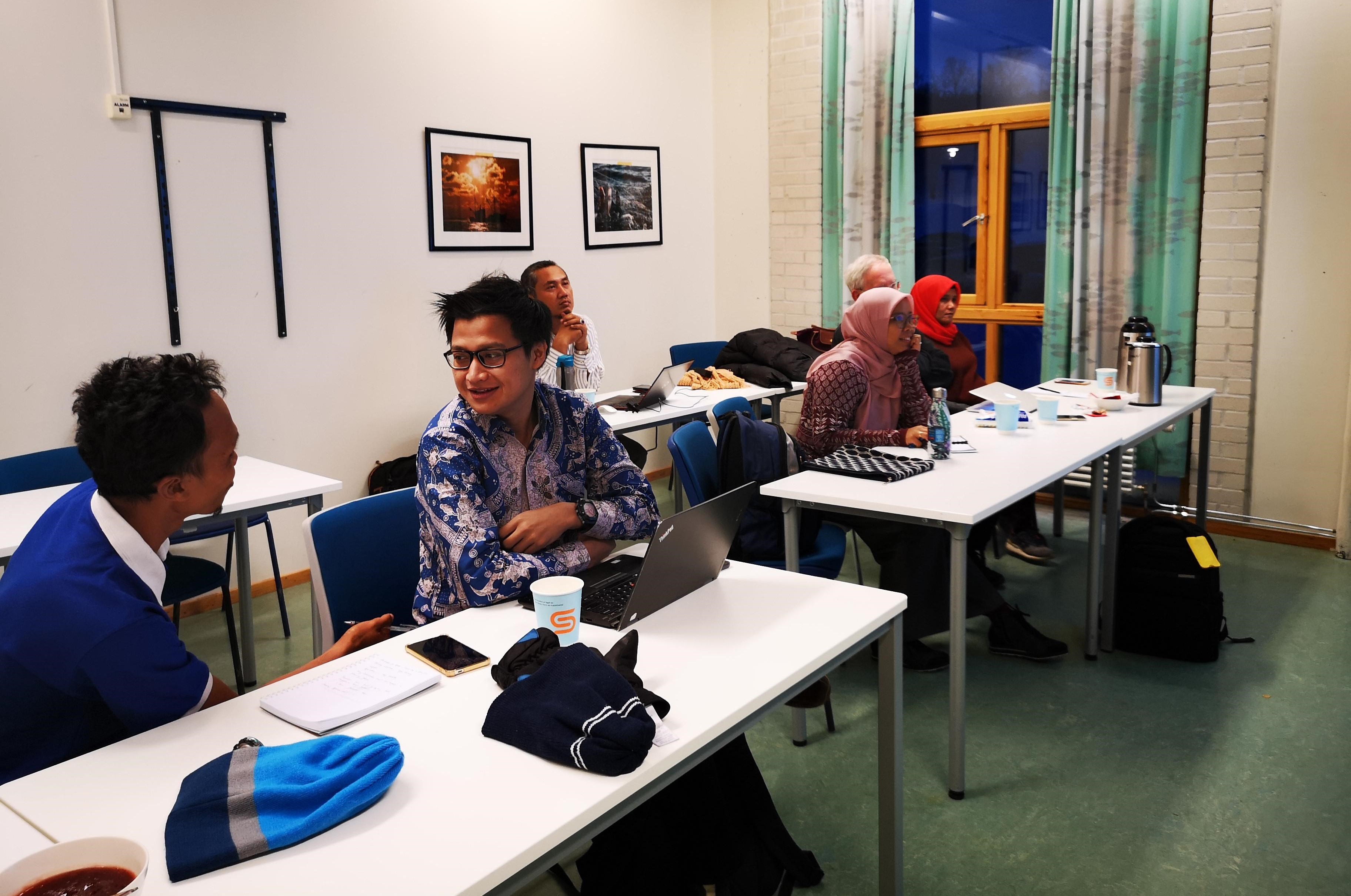
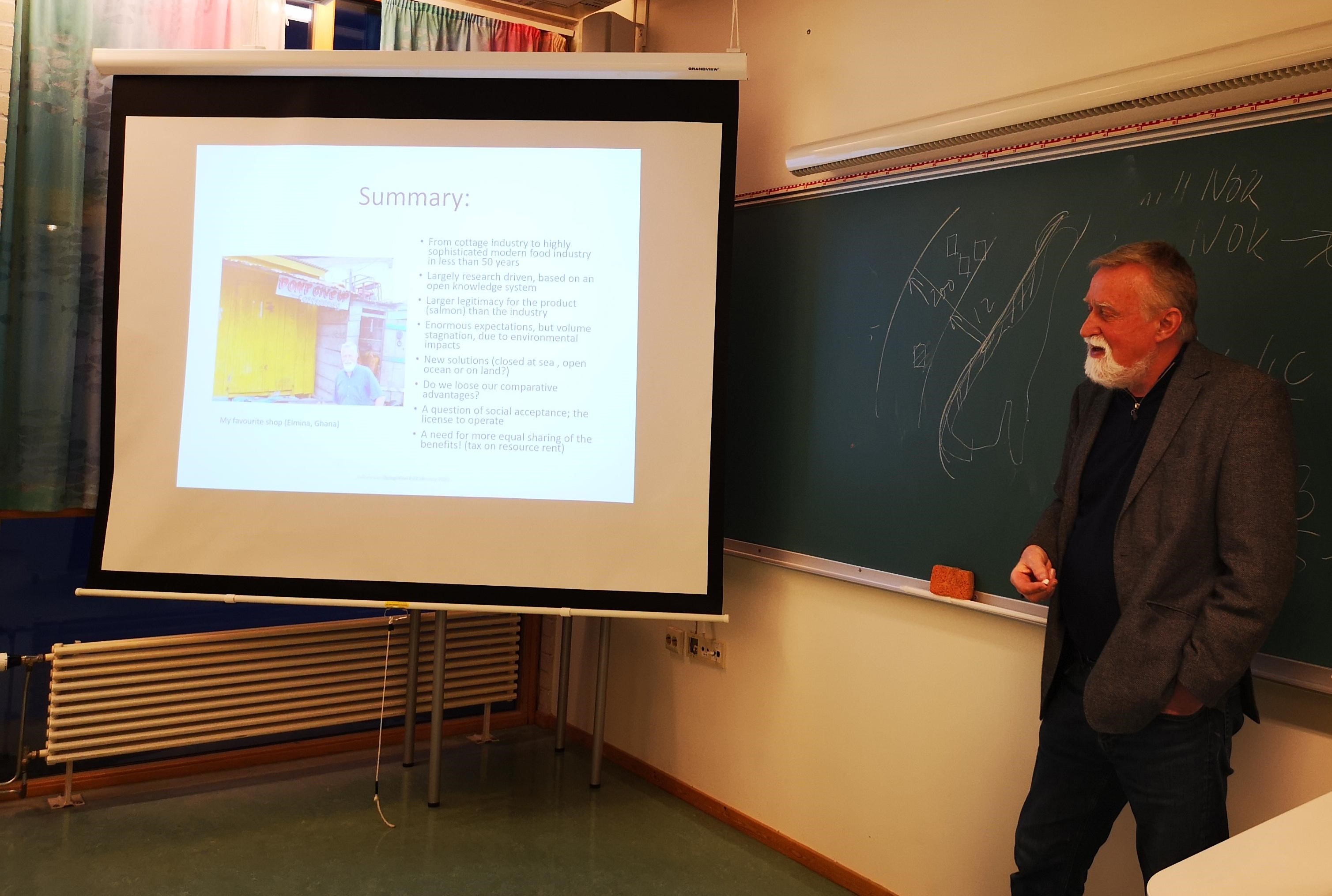
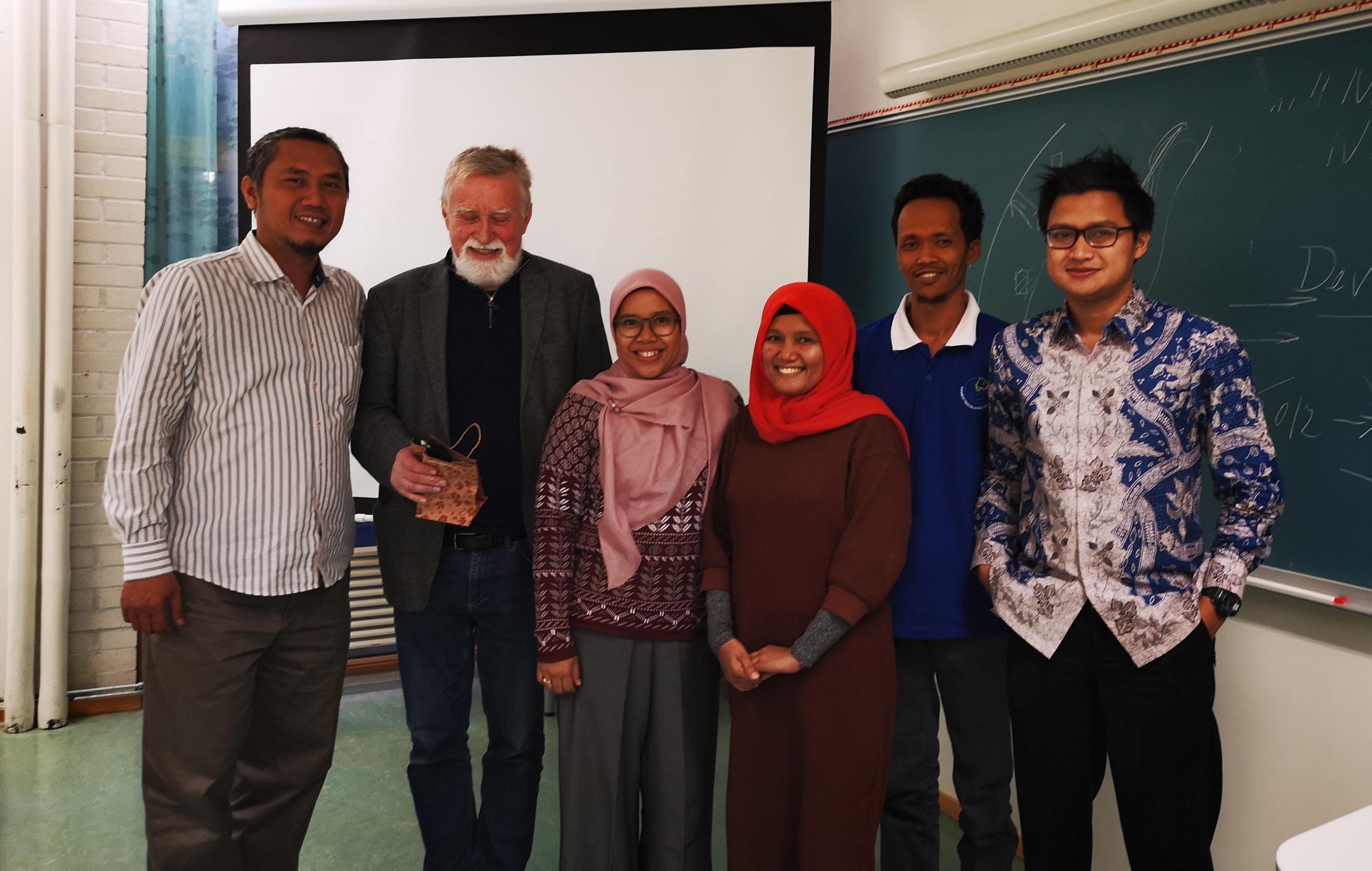 Bjørn Hersoug, Erna Yuniarsih, Adi Geraldi, Lazuardi F. Nizar, Akhmad Suuri and Rahima. Photo: Signe Annie Sønvisen
Bjørn Hersoug, Erna Yuniarsih, Adi Geraldi, Lazuardi F. Nizar, Akhmad Suuri and Rahima. Photo: Signe Annie Sønvisen